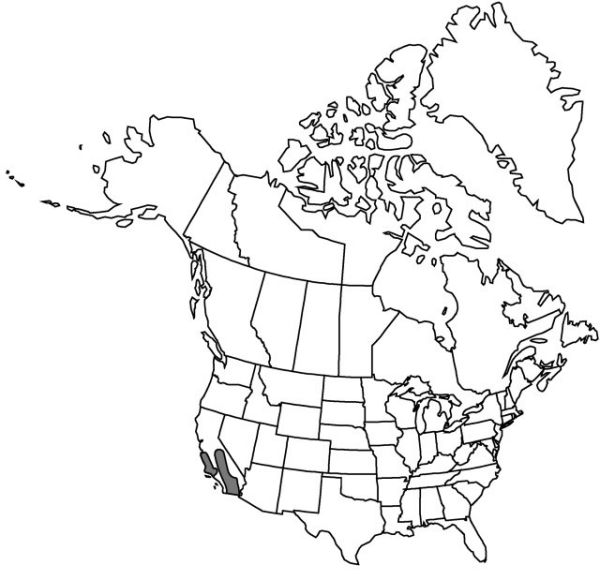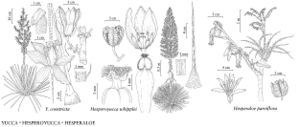Difference between revisions of "Hesperoyucca whipplei"
Rep. (Annual) Missouri Bot. Gard 4: 208. 1893.
FNA>Volume Importer |
imported>Volume Importer |
||
| Line 6: | Line 6: | ||
|place=4: 208. 1893 | |place=4: 208. 1893 | ||
|year=1893 | |year=1893 | ||
| + | }} | ||
| + | |special_status={{Treatment/ID/Special_status | ||
| + | |code=F | ||
| + | |label=Illustrated | ||
}} | }} | ||
|basionyms={{Treatment/ID/Basionym | |basionyms={{Treatment/ID/Basionym | ||
| Line 106: | Line 110: | ||
|publication title=Rep. (Annual) Missouri Bot. Gard | |publication title=Rep. (Annual) Missouri Bot. Gard | ||
|publication year=1893 | |publication year=1893 | ||
| − | |special status= | + | |special status=Illustrated |
| − | |source xml=https:// | + | |source xml=https://bibilujan@bitbucket.org/aafc-mbb/fna-data-curation.git/src/bb6b7e3a7de7d3b7888a1ad48c7fd8f5c722d8d6/coarse_grained_fna_xml/V26/V26_910.xml |
|genus=Hesperoyucca | |genus=Hesperoyucca | ||
|species=Hesperoyucca whipplei | |species=Hesperoyucca whipplei | ||
Revision as of 22:22, 27 May 2020
Plants monocarpic or polycarpic, sometimes rhizomatous, some with secondary rosettes at base or stems branching to form new rosettes after flowering; rosettes single or cespitose, in small to very large, compact or open communities, or occasionally solitary. Leaves 20–90(–125) × 0.7–2 cm wide at base in narrow forms, 2–2.5 cm in broader forms. Scape 0.9–3 m × 2.5–15 cm diam. near base. Inflorescences 1 when rosette solitary, 1–many per rosette when rosettes in colonies, 2.5–28 × 1.5–7 dm at widest point. Capsules with conspicuous placental wings at maturity.
Phenology: Flowering spring.
Habitat: Desert, chaparral, desert woodland coastal sage
Elevation: 300–2500 m
Distribution

Calif., Mexico (Baja California).
Discussion
Within Hesperoyucca whipplei, W. Trelease (1893) recognized two varieties, A. L. Haines (1941) and P. A. Munz (1959) each recognized five subspecies, and J. M. Webber (1953) recognized four varieties based on growth form. Others (S. D. McKelvey 1938–1947; K. K. McKinney and J. C. Hickman 1993) have argued that growth form in this species is highly variable, and have questioned the desirability of recognizing any infraspecific taxa at all in H. whipplei.
